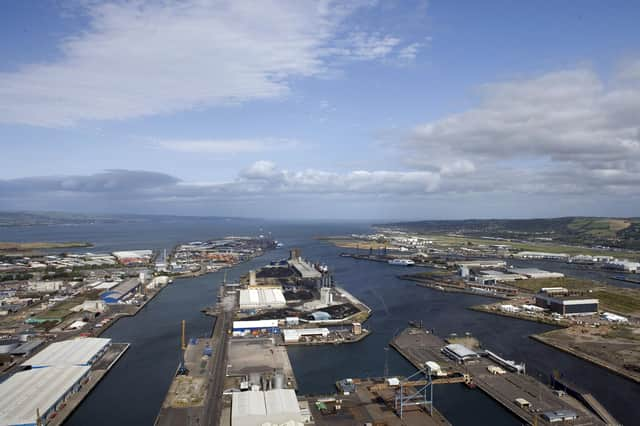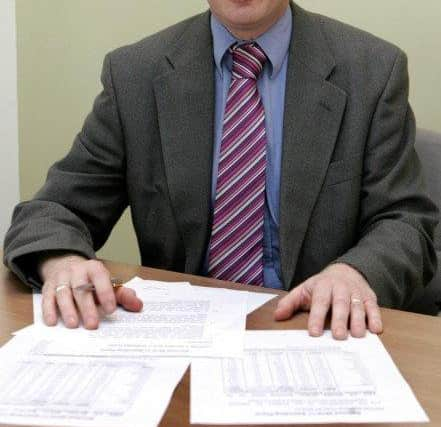Economist: Trade frictions from Northern Ireland Protocol now cost £900m, according to latest estimate


Of course, in theory, such propositions could be true but in reality they are very implausible given that the Northern Ireland regional economy is much more extensively integrated into the United Kingdom economy than it is to either the Republic of Ireland or the rest of the European Union.
Hence, the East-West trade flow is several times bigger than the North-South one (or the Northern Ireland-Rest of EU one).
Advertisement
Hide AdAdvertisement
Hide AdAnd hence trade barriers on the ‘Irish Sea border’ are likely to do disproportionate harm.


In 2018 (still the most recent year for such data) Northern Ireland sold £6.4 billion of goods to Great Britain compared to a lesser amount of £3.1bn to the Republic of Ireland and £2.1bn to the rest of the EU.
And, in the same year, Northern Ireland purchased £10.4bn of goods from Great Britain compared to ‘only’ £2.4bn from the Republic of Ireland and another £2.4bn from the rest of the European Union.
Now, a recently published study from the Fraser of Allander (FoA) Institute in Glasgow confirms:
Advertisement
Hide AdAdvertisement
Hide Ad1. the trade frictions (“non tariff barriers”) created by the paperwork and vet checks inherent in the protocol by themselves impose a major cost on the local economy
and 2. it is very unlikely NI will really “enjoy the best of both worlds” (in overall terms, the protocol’s economic overall or net impact is negative).
Using a mathematical and multi-sectoral model of the overall economy, the two FoA economists, G. Duparc-Portier and G. Figus, estimate the protocol barriers, in the long run, reduce the Northern Ireland economy by about 2%.
In today’s money that’s about £900 million [see note below].
Advertisement
Hide AdAdvertisement
Hide AdOf course, Brexit may be having other and negative effects on the Northern Ireland economy over and above those related to the Northern Ireland Protocol but the FoA results imply most of the impact is coming from the protocol and the ways in which it is making it harder for Northern Ireland to trade with the rest of the United Kingdom.
• Note: FoA use previous (2018) UK government (Her Majesty’s Treasury) estimates of the scale of Non Tariff Barriers — high of 11%, low of 5%- but using a central scenario of about 8%.
My own previous estimate for these, about 6%, was based on actual reported cost results from five firms and one trade association.
The FoA estimates to not explicitly allow for the extent to which a high level of public spending (about £250 million per annum) is being used to mitigate the private sector cost of the Northern Ireland Protocol.
Advertisement
Hide AdAdvertisement
Hide AdIf in the future the Trader Support Service etc. are shut down or begin to charge then the cost to Northern Ireland and Great Britain firms will escalate significantly.
• Dr Esmond Birnie is senior economist at Ulster University Business School
• Esmond Birnie in August: The Irish Sea border is costing Northern Ireland £850m a year